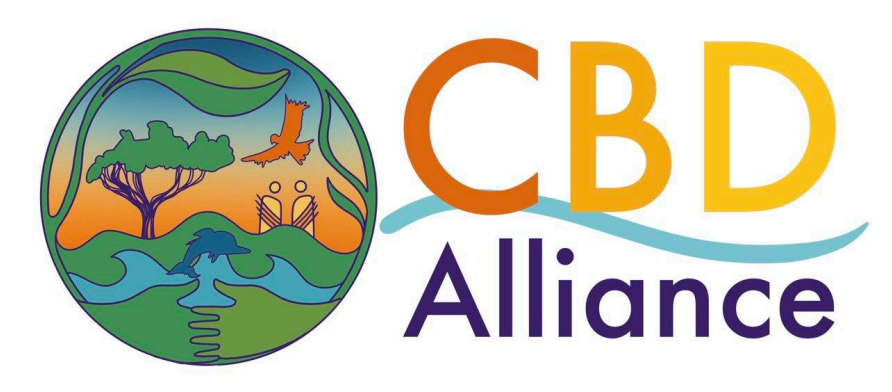Alejandra Duarte & Meenal Tatpati, Women4Biodiversity
Biodiversity conservation and restoration, without recognition and legitimisation of women’s consistent efforts cannot be achieved. Yet, women from Indigenous Peoples and local community groups face persistent and systemic barriers including lack of legal and customary access and ownership to land and territories and natural resources, exclusion from funding processes, and marginalization in decision-making spaces which are well established critical areas to achieve conservation outcomes.
The overall trends in conservation spatial planning processes around the world also show an alarming lack of recognition and upholding of Free Prior Informed Consent as well as customary conservation practices. Achieving Targets 2 and 3 therefore requires active, inclusive, and effective participation of women, youth, and children, supported by enabling conditions to make their involvement possible. This brings us to the need to apply a gender-responsive approach, which helps analyze differentiated contributions to biodiversity conservation and restoration, and to design targeted, and thus more effective, strategies and programs. At the same time, an intergenerational approach is essential to highlight the roles and contributions of youth, whose initiatives have often been rendered invisible.
What concrete actions can we take to apply a gender approach? Securing tenure and access rights, and strengthening co-management mechanisms that share authority and benefits. Legal and policy frameworks must recognize nature’s ecological, cultural, and spiritual dimensions while addressing the structural power asymmetries that limit women’s participation. Moreover, the collection of sex-disaggregated data should be prioritized to monitor progress on both Targets 2 and 3, as well as Target 22, to ensure dynamic, flexible, and transparent funding for women-led initiatives.
It is essential that the development of the elements for the guidelines related to Tasks 1.1 and 1.2 of the programme of work on Article 8(j) and other provisions be structured with the goal of reducing these gaps and, above all, that they be applied at both national and local levels. We are halfway through the implementation timeline of the KMGBF, and we have already failed to meet the Aichi Targets. It is time to acknowledge that without genuinely implementation and inclusive,rights-based binding accountability mechanisms, we will fail again. The development of these guidelines must be seen as an opportunity to correct course, empower rights-holders, especially women, and ensure that transformative solutions reach those on the front lines of conservation and restoration.
More info:
